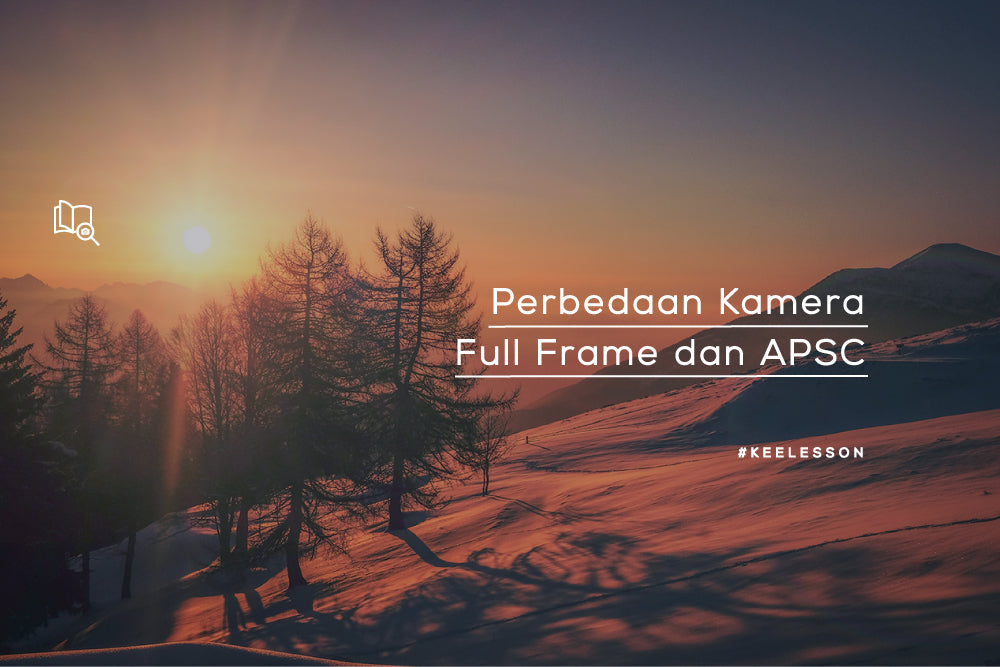Maybe many people already know the differences between these two cameras, but there's no harm in discussing them more clearly!
1. Full Frame Camera
The term full frame is used because of the type of sensor found on the camera. For this camera, the size is 36mmx24mm, the same as the film size on old cameras.
But make no mistake, above full frame there are still medium format cameras with larger sensors so the photo coverage is also wider.

Source : http://www.saveseva.com/
So, the image above is a comparison of several common camera sensors. You can see that there are quite a lot of differences between full frame and APSC.
Several advantages of full frame cameras compared to APSC:
a. Photo Quality
The photo quality is better because the photo quality depends on the size of the sensor used. It's also easier for you to shoot bokeh with a full frame camera, and the quality of the bokeh is beyond doubt.
b. Use of Lenses
Apart from that, the most noticeable difference is when using lenses and ISO. On a full frame camera there is no crop factor. If your lens is 18mm, then the display of your photos will also be 18mm. In contrast to an APSC camera, with an 18mm lens, your lens will be 27mm, subject to a crop factor of 1.5 times.

Usually photographers who like taking landscape photos will choose to use a full frame camera because the coverage is wider.
c. ISO
ISO also has a lot of influence. On APSC cameras for ISO 1600 and above, noise is usually visible in the photos, but on full frame cameras you can use ISO 6400 and the noise level is still tolerable.
d. Camera size and weight
The large sensor size makes the camera body also larger. But if you want a smaller camera size, there are also mirrorless cameras with full frame sensors.
Examples of several cameras with full frame sensors:
Canon : 1D Mark IV, 5D Mark III, 6D (DSLR)
Nikon : D4S, D810, D750, D610 (DSLR)
Sony : A7RII, A7SII (Mirrorless)
But of course full frame cameras are priced more expensive than APSC cameras.
2. APSC (Crop Sensor) Camera
This type of camera is equipped with an APSC sensor which is very popular because the price is more affordable than full frame cameras. The sensor size on this camera is 22mmx15mm.
Even though the price is cheaper than full frame, the capabilities of APSC cameras are sufficient for professional work and large size prints.
Examples of several cameras with APSC sensors:
Canon : 1200D, 600D, 100D, 760D, 70D, 7D Mark II (DSLR)
Nikon : D3300, D5500, D7200
Sony : A6000
Fujifilm : Fuji XT1
Even though the price is more affordable than full frame, some APSC mirrorless cameras are still quite expensive. The advantage of this camera is its light weight.

Apart from that, the price of lenses for APSC cameras is more affordable. And for long distance shooting it is more helpful because it is affected by the crop factor. Meanwhile, the weakness is that in low light conditions, it is recommended not to use an ISO that is too high.
So, after discussing both, let's go back to our respective needs and budget. Start from what you have first, it is more important to hone your skills than to have an expensive camera but lacking skills.

